#Ross’s gull
Text

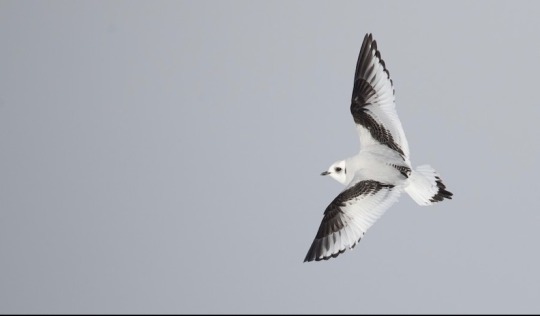


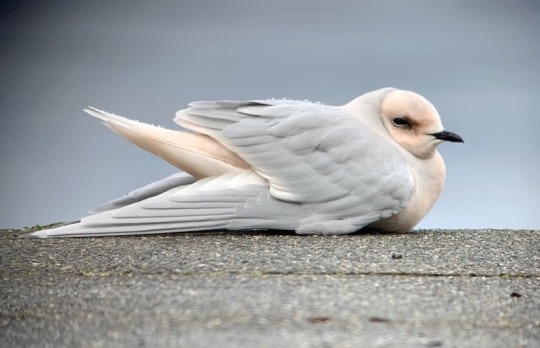

the ross’s gull (rhodostethia rosea) is a small gull and the only member of their genus. they primarily breed in siberia, living through most of the year on ice packs distributed throughout the arctic. they are known for the soft pink coloration they take on during summers. like other gulls, they primarily feed on aquatic prey like fish and crustaceans. they lay clutches of 2-3 eggs; within a few days, chicks are rarely fed and become independent quickly. they are considered vulnerable, with a population of less than 10,000 birds.
8K notes
·
View notes
Text
IRyfCa
CLICK HEAR TO HAVE SOME FUN!

#great tit#ross’s gull#ravens#wren#corvidae#bird photography#finches#backyard birds#birds in flight#nuthatch
0 notes
Text
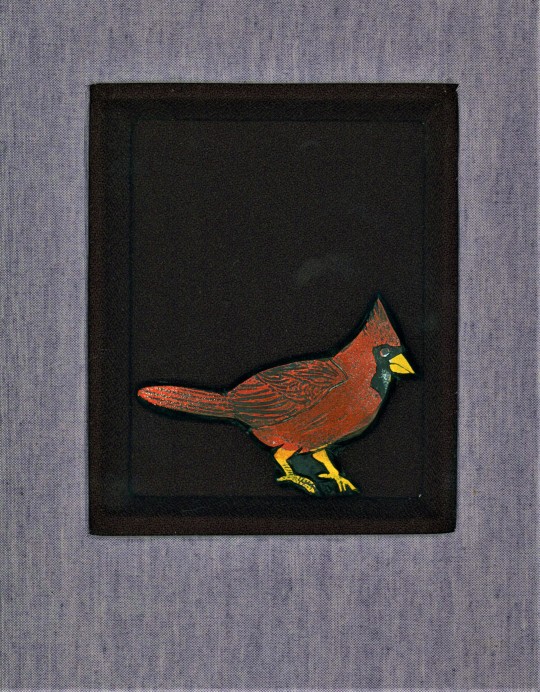
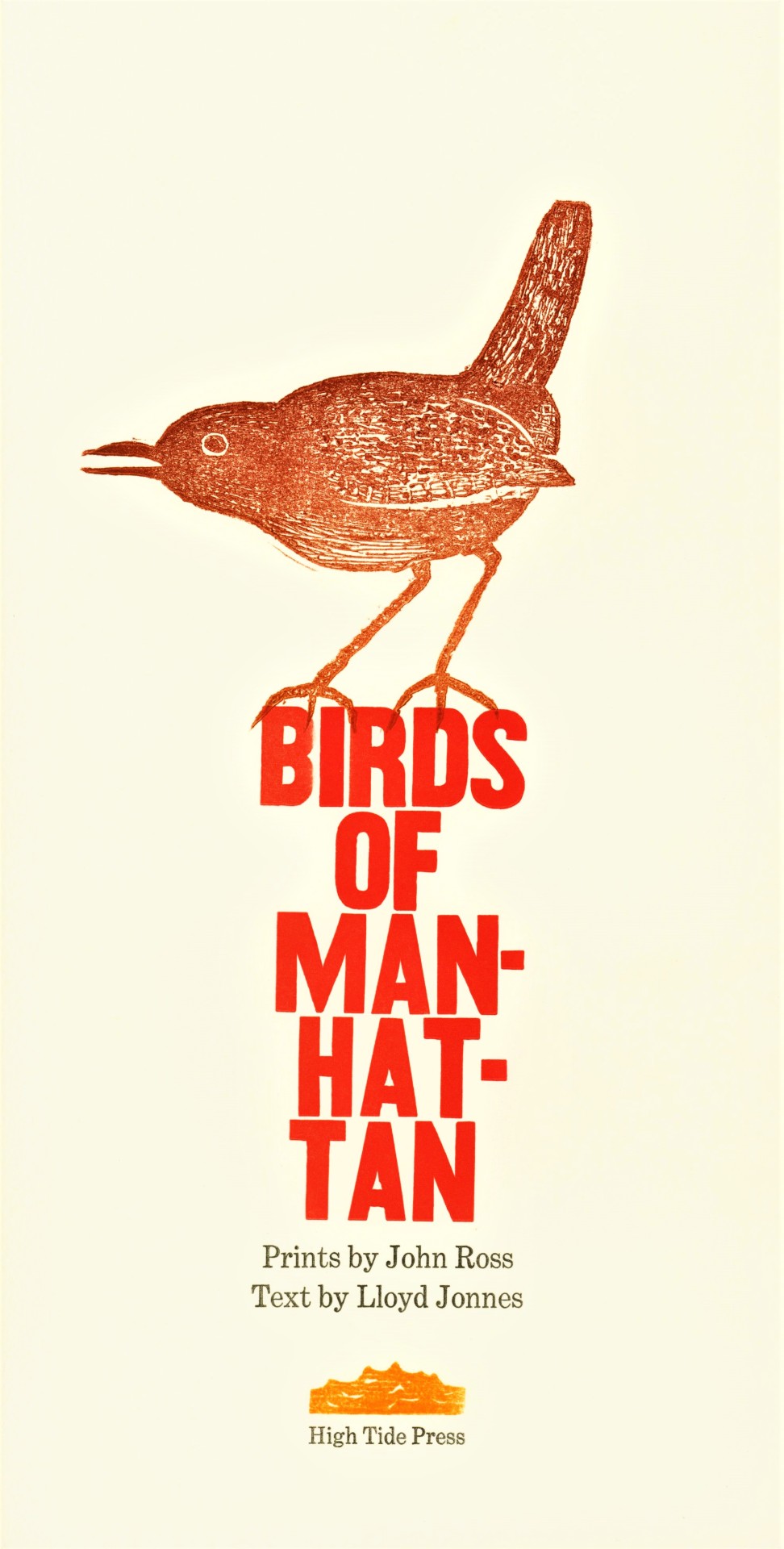


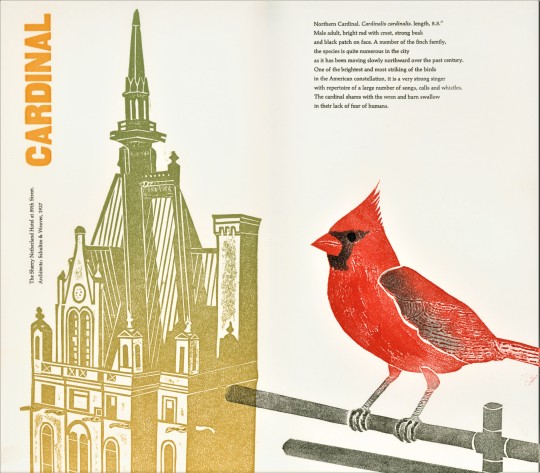


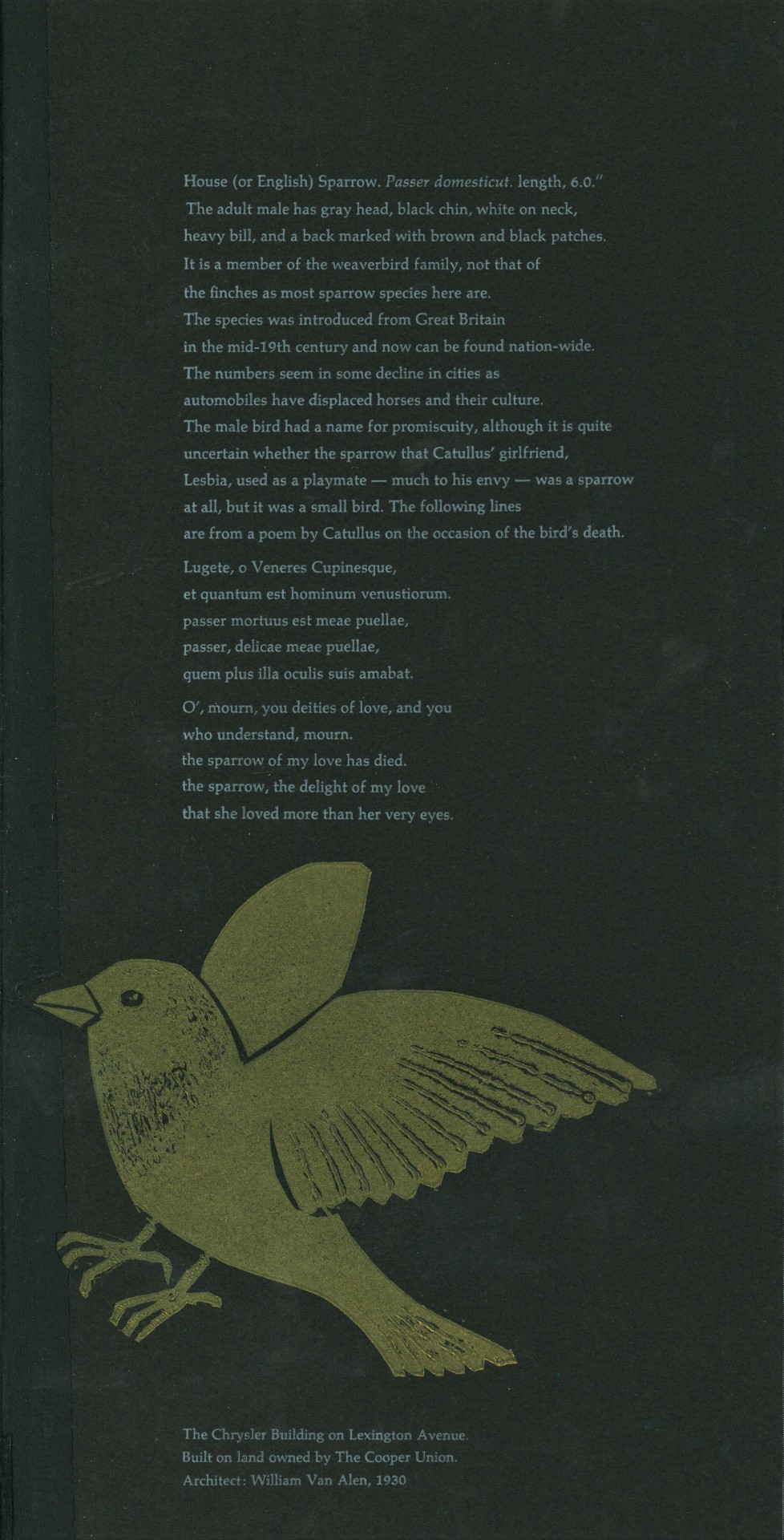
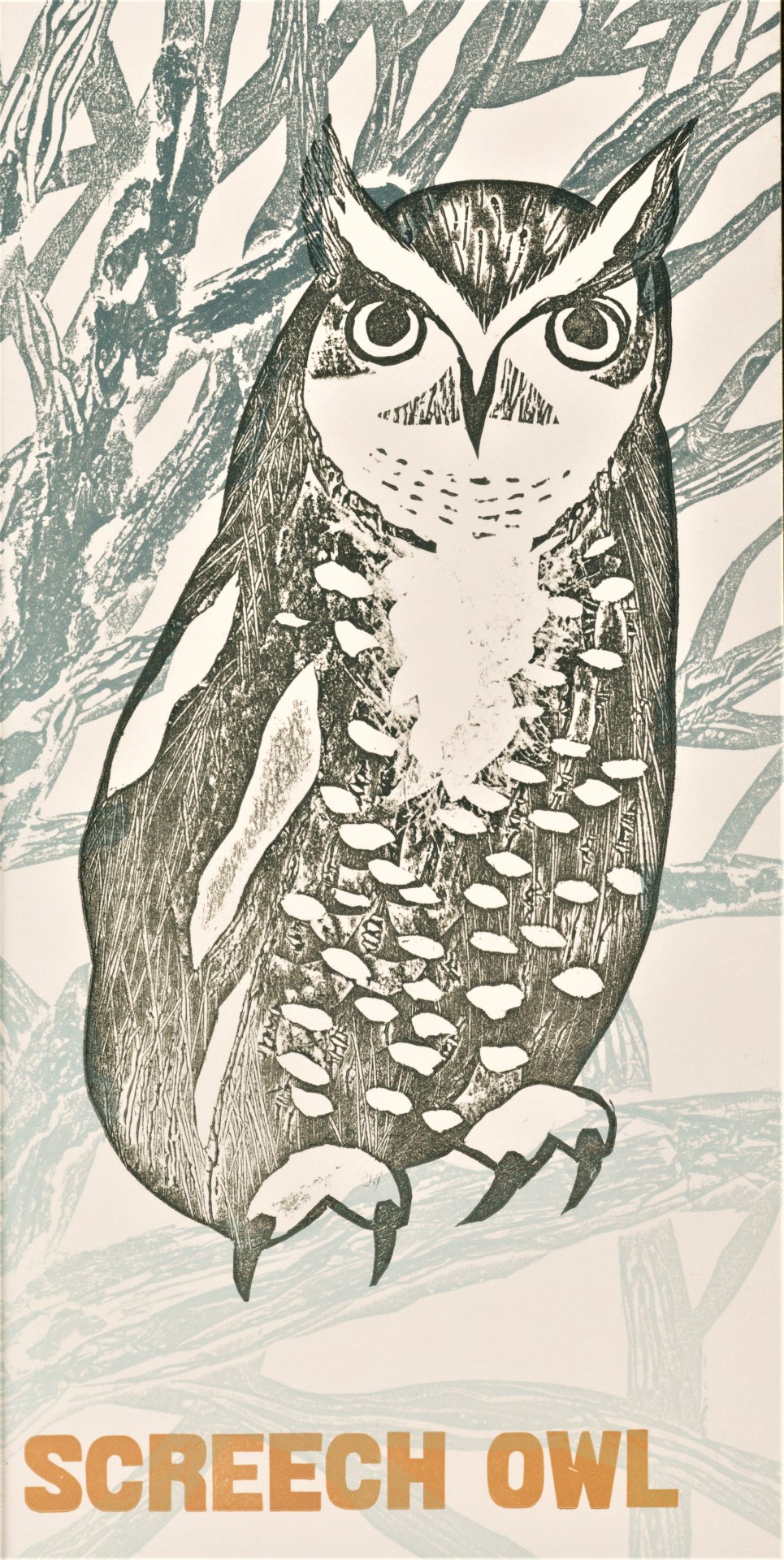


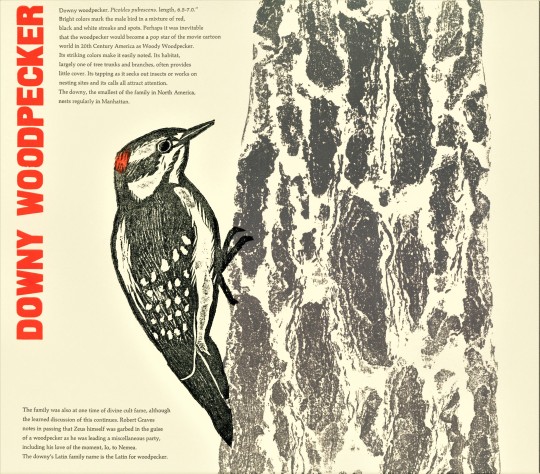
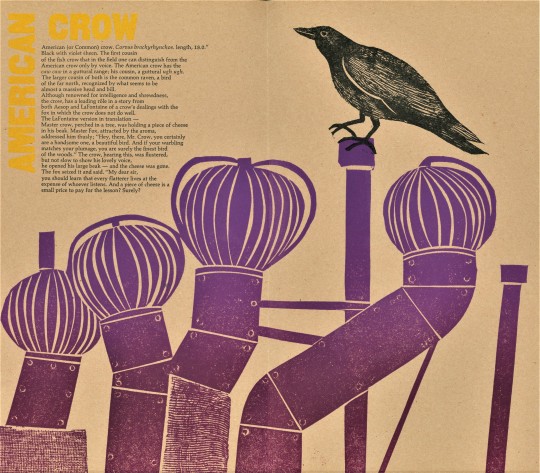


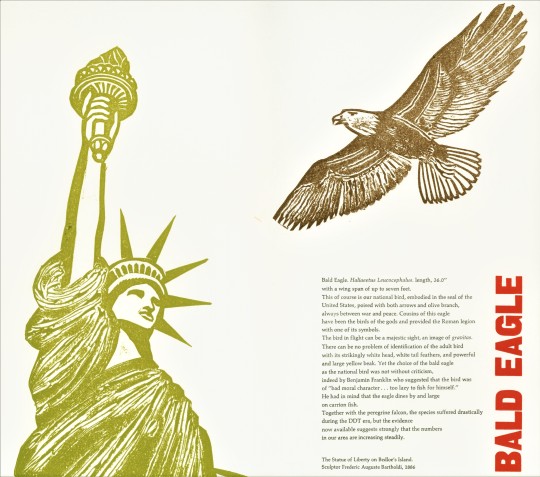
A Big Apple Feathursday
These collagraph prints by American artist, educator, and printer John Ross (1921-1917), made for the 1998 Birds of Manhattan, depict a few of the more common birds of that island against various architectural features of the city. It's sometimes easy to forget how biodiverse Manhattan is, particularly in bird life. Manhattan lies on the eastern route of the Atlantic flyway, so it receives many visitors as well as serving as a year-round residence for many species of birds.
The book, another donation form the estate of our late friend Dennis Bayuzick, was conceived, designed, illustrated and printed in an edition of 40 copies by John Ross at his East Hampton, New York High Tide Press in collaboration with relief aid officer and Greek and Latin scholar Lloyd Jonnes, who wrote the text. The binding, with its inset painted relief of a Cardinal, is by James D. Marcantonio at his Hope Bindery in Providence, R.I. This book was selected for the 1998 “50 Books / 50 Covers” by the American Institute for Graphic Arts in New York.
View another post on work by John Ross.
View more Feathursday posts.
#Feathursday#John Ross#Birds of Manhattan#collagraphs#High Tide Press#Lloyd Jonnes#James D. Marcantonio#Hope Bindery#Herring Gull#Rock Dove#Northern Cardinal#Barn Swallow#House Sparrow#Screech Owl#Peregrine Falcon#European Starling#Downy Woodpecker#American Crow#Great Blue Heron#Canada Goose#Bald Eagle#House Wren#birds#birbs!
260 notes
·
View notes
Text
Best Gull Poll: FINAL MATCHUP!
It's time for the final showdown! Who will take home the title of Best Gull?
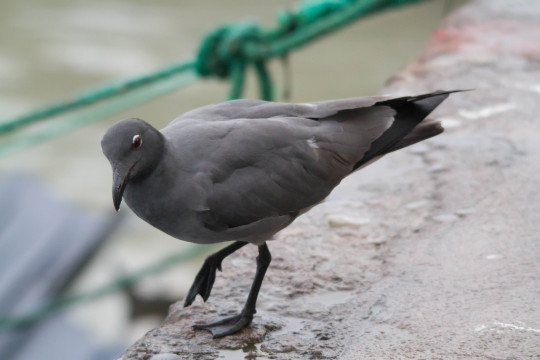

[Image ID: Two pictures of gulls. The left is a lava gull walking along a concrete ledge. The right is a Ross's gull standing among small rocks by the shore. /End ID]
The lava gull (Leucophaeus fuliginosus) is the rarest gull in the world. They are found only on the Galápagos Islands, predominantly the Santa Cruz, Isabela, San Cristobal, and Genovesa islands, with an estimated population of 300-600 individuals. They typically measure 51-55 cm (20-22 in) in length. Unlike other hooded gulls, their sooty brown-to-black head does not vary by season. They have red eyelids and white eye crescents. Their body is dark grey with paler grey underparts, their bill and legs are black, and their wings are dark grey with a white leading edge. On Genovesa they exploit the kleptoparasitic behavior of the magnificent frigatebird, capitalizing on botched attempts by the frigatebirds to steal fish from other seabirds. Unlike most gulls which nest close together, they are solitary nesters. They are listed as vulnerable by the IUCN.
The Ross's gull (Rhodostethia rosea) is a small gull found in the high Arctic of northern North America, northeastern Siberia, and the Bering Sea. They typically measure 29-31 cm (11-12 in) in length and 90-100 cm (35-39 in) in length. They have a white head, black neck ring, white underparts with a pink flush, light grey upperparts and wings, red legs, and small black bill. They have a distinctive wedge-shaped white tail. They feed on small fish, crustaceans, and insects. They also eat biofilm, the mixture of plankton, microbes, and detritus that washes up on beaches and intertidal areas.
lava gull image by budgora
Ross's gull image by Tony Beck
40 notes
·
View notes
Text
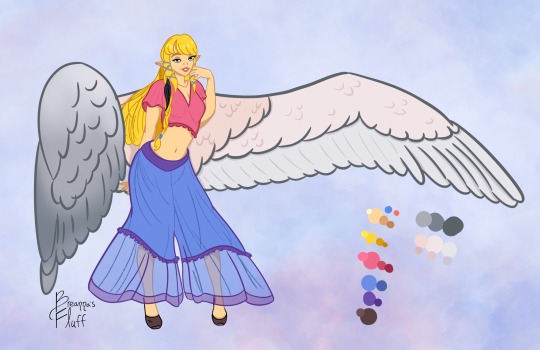
Meet Sun, the Ross's Gull!
Facts about Sun:
The gull is similar to a dove in shape with a pink blush across white and gray. They are a rare bird considered almost mythical until the 1980s.
She’s very graceful and has a buoyant flight. Sky says she dances when she flies.
Sun does well with the cold, handling Skyloft’s chill better than Sky.
Like Sky, she prefers seafood, although she enjoy bugs and vegetables as well. Skyloft is…not known for seafood, so exploring the Surface has opened up food options.
Wild is stocking up on fish and snails in his slate to give her the next time they visit after hearing how hard it is to come by.
Sky will steal her food, but feels bad about it. Sun doesn’t mind, but she will lick something to claim it as hers. Despite kissing her, Sky won’t take it.
Sun has a warm personality! She sits somewhere between a pair and a flock bird. Sky is the only mate for her, but she enjoys visiting with the boys.
Four will wheedle his way into cuddles with them and take advantage of their wings, especially when split. Sun really like him.
#lu wing bois#lu wing au#breannasfluff#linked universe#linkeduniverse#my art#lu sun#skyward sword#zelda skyward sword#tumblr ate the quality
130 notes
·
View notes
Text
Ross's gull is easy because it's specific name is rosea, which means "rosy", because...it's pink.

A lot of gull species can a show temporary diet-related pink flush, but Ross's gulls are especially known for it.

So "Rosy gull" is right there, and it's not taken in English! It sounds like the original common name and won't be a huge adjustment. They can even keep their bird banding species code, ROGU. Easy.
19 notes
·
View notes
Text
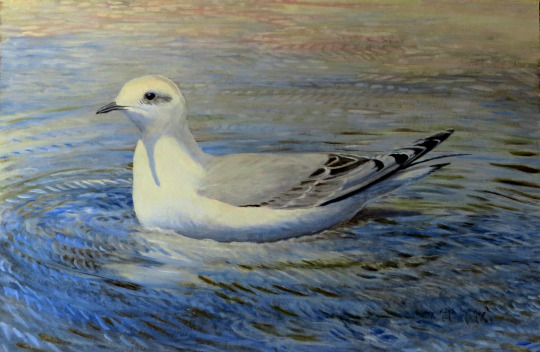
Sabine’s Gull, life size, oil painting on compressed hardboard. Note resemblance to the earlier Ross’s Gull painting. I’m not really fond of either one but I think this one might have sold…can’t quite remember. I really should do breeding birds of both species, so beautiful are they.
art may be used for non-commercial purposes with attribution
prints and original art for sale on Fine Art America
support barry kent mackay on ko-fi
24 notes
·
View notes
Text
First Words Meme
Tagged by the wondrous @jomiddlemarch (who also had previously tagged me in a Last Lines Meme but I had to abandon that project when I saw all my last lines were either pedestrian as hell or the exact same sentence!) I also cheated and skipped a few fics in between #7 and #10 (again because they were so similar to others).
Rules: post the first lines of your 10 most recent fanfics.
She was already seated at a table in a quiet back corner when Ross entered the restaurant.–Duty
Ross Poldark drove the black pickup north in the dimming evening light, trying to ignore the jarring squeak that followed each slap of the wipers on the windscreen.–Like Someone Who Would Know Her Own Mind
Allow me. Ross meant to say the words but instead just shot his hand out stiffly to Demelza after the borrowed cart came to a halt. - “An Occasion”
“Are you cold, Jeremy, my love?” Ross Poldark asked his young son as they hurried along the slick pavement. –”The January Stone”
“God damn it, Demelza! I told you not to follow me tonight!” -The Alibi
Ross pressed Demelza closer to him on the futon, then tucked the thin mofu under her. –Love And Other Four Letter Words
Ross Poldark turned the key in the lock then tossed his case inside ahead of him. –The Distance Between Us
“Oh Dwight, is it true? What folks are saying?” Demelza rose to her feet, handkerchief twisting in her fretful fingers. - “Criminal Acts”
“Might I offer you s’more, Papa?” Her grey eyes demurely lowered, Clowance rose and cautiously approached her father at table. – “Need”
“Demelza!” Dwight called into the evil crying wind. There was no answer other than the distant shrieks of gulls and the thunderous crash of waves on the rocks below. – Which By Its Splendors Rivals the Heavens
Tagging all my fanfic writing friends who want to play.
11 notes
·
View notes
Text
not sure if the ross's gull is going to be one of the birds getting a name change but if it does, it should definitely be called the rosy gull. because they're Pink and also their scientific name translates to rose breasted
#contact call#i will also accept 'roseate' or similar variations#i think the name changes are cool btw#can't wait to see what the new names are!
1 note
·
View note
Text
great black-backed gulls are my fave gulls but i have many close runners up: little, ross, sabines, swallow-tailed, glaucous, glaucous-winged, pallas
#sam.txt#i like black backs because they cqn be abbreviated to GBBG#love being at the coast & saying to my dad 'look a GBBG ahead'#ive seen glaucous & ross & a brief look at a sabines
2 notes
·
View notes
Note
thanks for info on the ross's gull i ended up doing my school english project on them instead of the kiwi and it came out actually decent
awww that's great
5 notes
·
View notes
Text





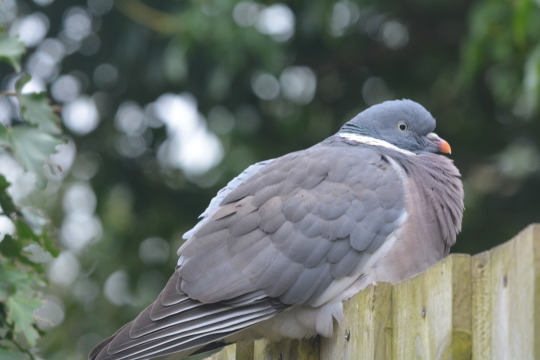
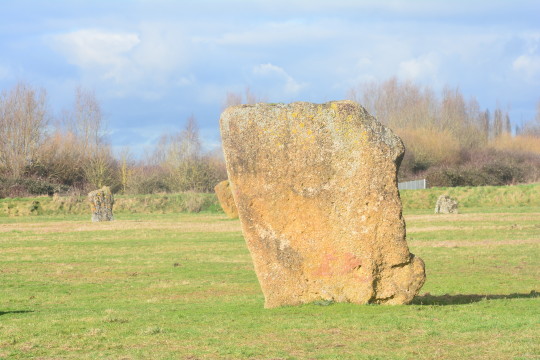

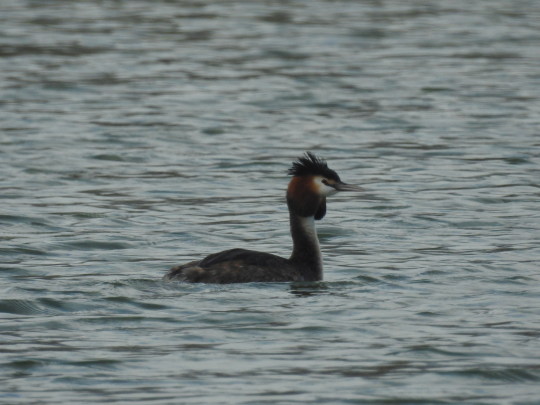
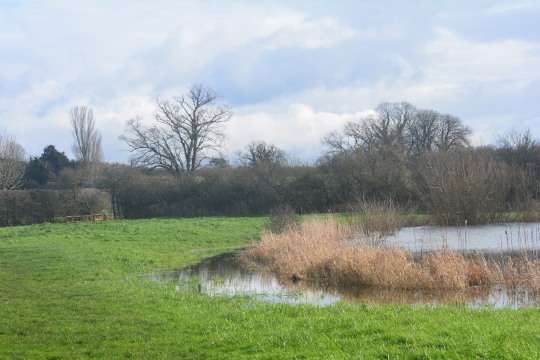
A wonderful wild weekend centring on our annual trip to WWT Slimbridge also visiting Dix Pit and Rushy Common and Tar Lakes
At a slightly different time of year this weekend with some time off Friday and Monday we headed for our yearly visit to the incredible WWT Slimbridge in Gloucestershire on Saturday. As ever it was a riveting bird fest with numerous stunning species observed in winter’s elegant wetland bird display. Dominating the day were the impressive Bewick’s Swans with their black and yellow bills, captivating birds to watch as their soothing honking calls epitomize the wild essence of winter. Also standing out on the day were many rustic Ruffs with a neat Spotted Redshank with them and Redshanks and shimmering hoards of delightful Golden Plovers often mixed in with many Lapwings. Other reserve specialities gigantic Common Crane and White-fronted Goose (albeit in the form of the Lesser White-fronted Goose which has been hanging around) were a treat to see, as were nice views of raptors Marsh Harrier and Peregrine. A host of ducks including Pochard, Pintail, Shelduck and Shoveler, raucous Rooks, the beautiful Ross's Goose with Barnacle Geese and more wonderful wader scenes of Avocets, Black-tailed Godwits and Curlews in numbers also stood out. Exhilirating views of Kingfisher and Goldfinch with Water Rail, Cetti’s Warbler and Wren heard well were other highlights on a sensational wildlife watching day. I always leave here feeling inspired by the wonder of nature I’ve seen but also by what a beacon of hope this place is from Sir Peter Scott’s pioneering work to the continued important and formidable force in conservation the WWT (Wildfowl and Wetlands Trust) are.
On Friday on the way from home in Hampshire it was fun to visit Dix Pit in Oxfordshire which we discovered on the way on our 2023 edition of this trip. I was flabbergasted to see two Common Cranes flying over here to see this key target of the trip and remarkable bird early as I was taking in the historic and fascinating Devil’s Quoits here where I was spellbound by seeing my first Skylarks of the year and hearing them too such a hopeful sight for the promise of spring as they displayed. Seeing the cranes led me to learn that they have now bred in Oxfordshire which is amazing. Glorious Goldeneyes, Pochard, Wigeon, Common Gull, Great White Egret, Great Crested Grebe, lots of Snow Geese, Red Kite a key bird of this county seen well on the journey too, Buzzard, Siskins and Long-tailed Tit with Green Woodpecker heard were other highlights here.
Sunday on the way home brought a visit to the picturesque Rushy Common and Tar Lakes in Oxfordshire where we had also been before on such a trip and a return to Dix Pit both to try to see the bird we had hoped to on Friday at the latter Red-crested Pochard and we we were thrilled to see an elegant pair of this flamboyant species at Dix Pit. Great White Egret, Dunnock and good Redwing views with Cetti’s Warbler heard very well were other highlights at Rushy Common and Tar Lakes with Goldeneye and Pochard enjoyed again at Dix Pit. Smashing Long-tailed Tit views, Great Crested Grebes including courting, Cormorants and many Wigeons and Shoveler were other stars at both. After traversing through the pleasant Cotswolds countryside it was a lively journey to these Oxfordshire sites with my first Egyptian Goose and Muntjac Deer of the year seen in fields and a few Red Kites, a Sparrowhawk diving off of a roof (a species I saw in Eastleigh just before we got home too before enjoying Goldfinches, Robin, Collared Doves, Black-headed Gulls, Lesser Black-backed Gull and more from home on this sunny evening) and Buzzards seen.
A difference to when we normally come in early January is how much more spring like the trip was with beautiful blossom in the landscape and a fair few wildflowers seen across the weekend including speedwell, snowflake, snowdrop, daffodil, primroses, daisies, groundsel, hogweed and cuckoo-pint leaves and cleavers. At Dix Pit I was also ecstatic to see my first Peacock butterfly of the year a luxurious ruby cloth drifting by with bees seen across the weekend and a Scarlet Tiger moth caterpillar seen at Slimbridge. Seeing Roe Deers here and taking in the breathtaking wetland and rural surrounding scenes with catkins shining in the landscape too was nice. An excellent wild weekend.
The photos in this photoset from the weekend are of; Bewick's Swan and Pochard at Slimbridge, views at Dix Pit and Tar Lakes, snowflakes and Woodpigeon at Slimbridge, Devil's Quoits and a view at Dix Pit and Great Crested Grebe and view at Tar Lakes.
#bewick's swan#ruff#common crane#birdwatching#slimbridge#wwt slimbridge#2024#happy#gloucestershire#oxfordshire#hampshire#red kite#england#outdoors#white-fronted goose#snowflakes#snowdrops#daffodils#peacock#skylark#golden plover#spotted redshank#sparrowhawk#goldfinch#peregrine falcon#marsh harrier#europe#severn
0 notes
Text
Lít yvir landið (Look out over the land) - Faroese to English
(poem by Mikkjal Dánialsson, 1954 // translated by me)
Come up to the mountaintop,
look out over the Faroes!
So exquisite an image!
Our spirit rises up here.
Here a thousand languages chorus
of cliffs and stones and crests.
Sing out, my joyful soul,
chant alongside the birds!
Oh memorable cliffs,
adorned with green terrace!
That power was not feeble
which built them in earlier times.
Still noble, strong, and wild
all looks, out over sea,
so eerily still by night,
lively and rich by day.
Here the puffin builds its nest
and the fulmar and gull
and dove; near shore
sit red-legged guillemot;
here the common guillemot
walk closely about the scree,
and the razorbill flies high
to the uppermost cliff face.
The noble fells
smile in the sunshine,
all so weather-worn
with flowers among moss,
so dense like saw teeth
– fifteen mountains in all –
north from Velba
toward Skeið and Ambadal.
In flowery adornment now
all the hillsides glimmer;
over slopes and bridges
passes the warm summer breeze;
it tames the falls,
enriches basins and gullies,
strengthens the wild horse,
nourishes the lamb and colt.
Hear murmurs, whispers, chatter
from small river falls
and the pealing ka-ka
of blue fisher gulls,
and black gulls' answering cry.
On the crystal clear pond
a duck is elated with
its red-cheeked young.
And down below the farm
the bright green field
with crops all around
many stories are remembered
of labor and drudging work,
many an exhausting hour.
Yes, we must thank those
who cleared the ground here.
Low houses dense by the cobble,
in pleasant arrangement,
so tarred and brown
with green turf roofs,
and the church close by
so classical to behold,
just as it shines a light on peace
in every village and town.
And down below, the boathouse
stands with pitched boats;
where children fish like the best,
where flocks of ducks sway.
A young cod so red
rushes into the weeds,
and the black gull flies down
to snatch the cod's meat.
There is no foam on the cape,
all the pools are resting;
through reefs and skerries
glides a piece of driftwood.
So tranquill rows
a boat in toward the beach,
and over a calm fjord
the sun is clear and pleasant.
From the peaks to the sand
smiling and pleasant,
you, Faroe Islands, fill
every breast with summer joy.
God give us wisdom,
God give us strength
to work to worship you,
to work to your gain.
Original
Kom upp á fjallatind,
lít yvir Føroyalandið!
So undurføgur mynd!
Her lyftist upp vár andi.
Her runga túsund mál
um rók og reyn og røð.
Gev ljóð, mín glaða sál,
um kapp við fuglin kvøð!
O minnilig bjørg,
væl skrýdd við grønum skorum!
Tann kraft var ikki kørg,
sum bygdi tey í forðum.
Tó stórbært, prútt og vilt
alt lítur yvir sjó,
á nátt so trølsligt stilt,
á degi lív og ljóð.
Her byggir lundin lond
og havhestur og ryta
og dúgvan; dygst við strond
reyðføttir teistar sita;
her lomvigan so tøtt
fer ruggandi um rók,
og álkan bringubrøtt
sær ytstu upsu tók.
Tey hábærsligu fjøll
í sólarljómar brosa,
so veðurbard flest øll
við blomstrum millum mosa,
so tætt sum tenn í sag
– væl fimti fjøll í tall –
alt norð frá Velbastað
mót Skeið og Ambadal.
Í blomsturvovnum skrúð
nú líðir allar glógva;
um brekkur og um brú
fer summarlotið flógva;
tað spekir mangan foss,
tað fríðkar lægd og gil,
tað stimbrar brasin ross,
tað frøir lomb og fyl.
Hoyr tutl og tesk og sjóð
frá áarfossum smáum
og klingandi kó-kó
frá fiskimásum bláum,
og skurin svarar pli.
Á spegilsblonku tjørn
ein toppont fegnast við
tey kjálkareyðu børn.
Og niðan fyri garð
hin bjarti grøni bøur
við veltum víða hvar
man goyma mangar søgur
um tusk og tógvið slit,
um manga sveitta stund.
Ja, takka mugu vit
teim, sum her ruddu grund.
Lág hús so tøtt um tún
í hugnaligum lagi,
so tjørubrædd og brún
og takt við grønum flagi,
og kirkjan dygst har við
so ellismild at sjá,
rætt sum hon lýsti frið
um bygd og bø og vág.
Og niðanfyri neyst
við bræddum bátum standa;
har veiða børn sum best,
har æðuflokkar danda.
Ein berggylta so reyð
sær inn í taran rann,
tá likkan niður fleyg
og livrabroddar fann.
Nú hvítir ei við nes,
nú hvíla allar íður;
fram millum flúr og fles
ein rekastubbi glíður.
So stillisliga rør
ein bátur inn mót lógv,
og yvir slættan fjørð
sær sólin blonk og flógv.
Av tindum út um sand
so brosandi og fegið
tú fyllir, Føroyaland,
hvønn barm við summargleði.
Gud geri okkum vís,
Gud gevi okkum magn
at virka tær til prís,
at nøra um títt gagn.
0 notes
Text
Semifinals: Match 51


[Image ID: Two pictures of gulls. The left is an ivory gull sitting on snow. The right is a Ross's gull walking on a grassy bank. /End ID]
The ivory gull (Pagophila eburnea) is a mid-sized gull that has a circumpolar distribution around the Arctic. They typically measure 40-43 cm (16-17 in) in length and 108-120 cm (42-47 in) in wingspan. They have a more pigeon-like shape than other gulls. Their plumage are completely white, and they have black legs and a thick blue bill with yellow tip. They feed on fish, crustaceans, rodents, eggs, and small chicks. They have been known to follow polar bears and other predators to scavenge on the remains of their kills. Because of their declining population, possibly due to illegal hunting or to decline in sea ice, they are listed as near threatened by the IUCN.
The Ross's gull (Rhodostethia rosea) is a small gull found in the high Arctic of northern North America, northeastern Siberia, and the Bering Sea. They typically measure 29-31 cm (11-12 in) in length and 90-100 cm (35-39 in) in length. They have a white head, black neck ring, white underparts with a pink flush, light grey upperparts and wings, red legs, and small black bill. They have a distinctive wedge-shaped white tail. They feed on small fish, crustaceans, and insects. They also eat biofilm, the mixture of plankton, microbes, and detritus that washes up on beaches and intertidal areas.
ivory gull image by Alan Schmierer
Ross's gull image by Tom Wilberding
24 notes
·
View notes
Text
Zelda Birds in Wing Bois!
Sun - Ross's Gull
Flora - Long-tailed Jaeger
Aurora - Pink Robin
Fable - Hyacinth Macaw
Dot - Black-Capped Chickadee
Tetra - White Petrel
Lullaby - Snowy Owl
Dusk - Long-Tailed Hawk
Artemis - Peregrine Falcon
The first two I might do sketches of. The others were suggested by @dark-angel-of-muses and you can see art of them here.
#lu wing bois#lu wing au#linked universe#linkeduniverse#lu sun#lu flora#lu aurora#lu fable#lu dot#lu tetra#lu lullaby#lu dusk#lu artemis
49 notes
·
View notes
